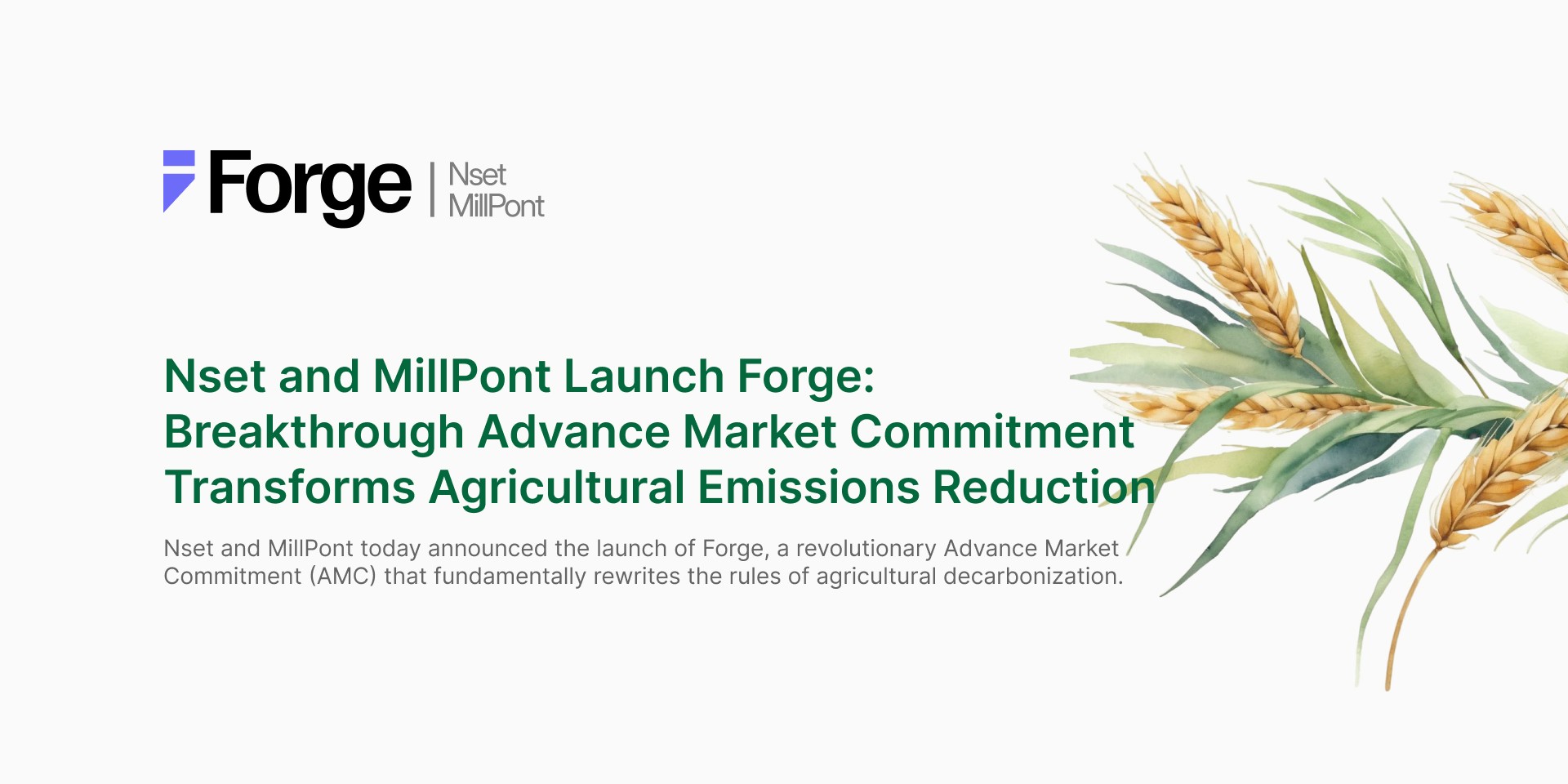Carbon Insetting and Biodiversity: The Dual Benefits
Wednesday, December 13, 2023
In an era of ecological uncertainty, businesses worldwide are looking for ways to not only reduce their carbon footprints but also boost the biodiversity of our planet. Enter carbon insetting—a strategy that not only addresses the urgency of climate change but also positively impacts biodiversity. Here's how:
Reforestation and Agroforestry
One of the primary methods of insetting involves reforestation and the implementation of agroforestry practices. By planting native trees and incorporating trees into agricultural landscapes, businesses can sequester carbon and provide habitats for a variety of species, enhancing ecosystem diversity.
Soil Health
Carbon insetting often involves practices that enrich the soil, like regenerative agriculture. Healthy soil doesn't just store carbon; it supports a complex web of life, from microbes to insects, that are foundational to broader ecosystems.
Water Conservation
Insetting practices, such as the construction of natural water retention systems, can rejuvenate local water cycles. Wetlands, ponds, and lakes restored or created through insetting can serve as habitats for aquatic species, increasing regional biodiversity.
Supply Chain Enhancements
By focusing on sustainable sourcing and production methods, companies can ensure that raw materials are harvested without harming the environment. This has the added benefit of supporting diverse ecosystems, whether it's sustainable cocoa farming that protects tropical forests or wool production that encourages diverse grassland ecosystems.
Economic Benefits to Local Communities
Carbon insetting projects often involve local communities. By providing them with sustainable means of livelihood that are in harmony with the environment, businesses can ensure the protection of local flora and fauna.
Conclusion
Carbon insetting, while being an effective tool against climate change, offers the added advantage of bolstering biodiversity. By embracing insetting, businesses aren't just fulfilling their environmental responsibility—they're enhancing the very fabric of life on Earth.



